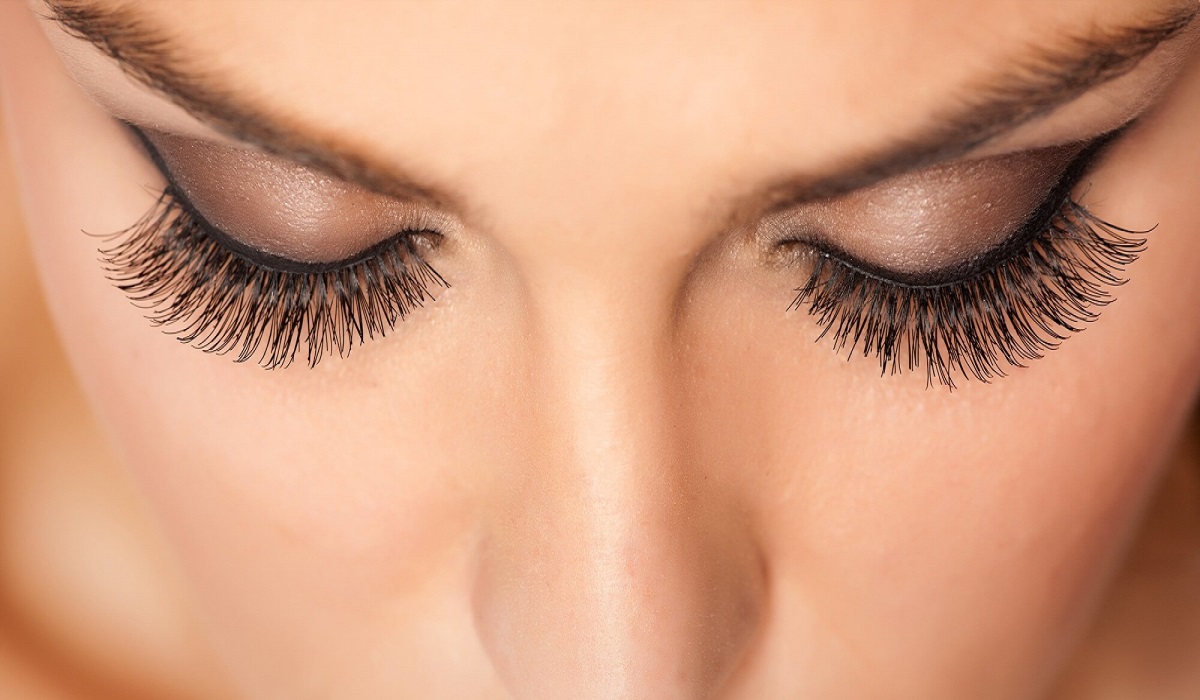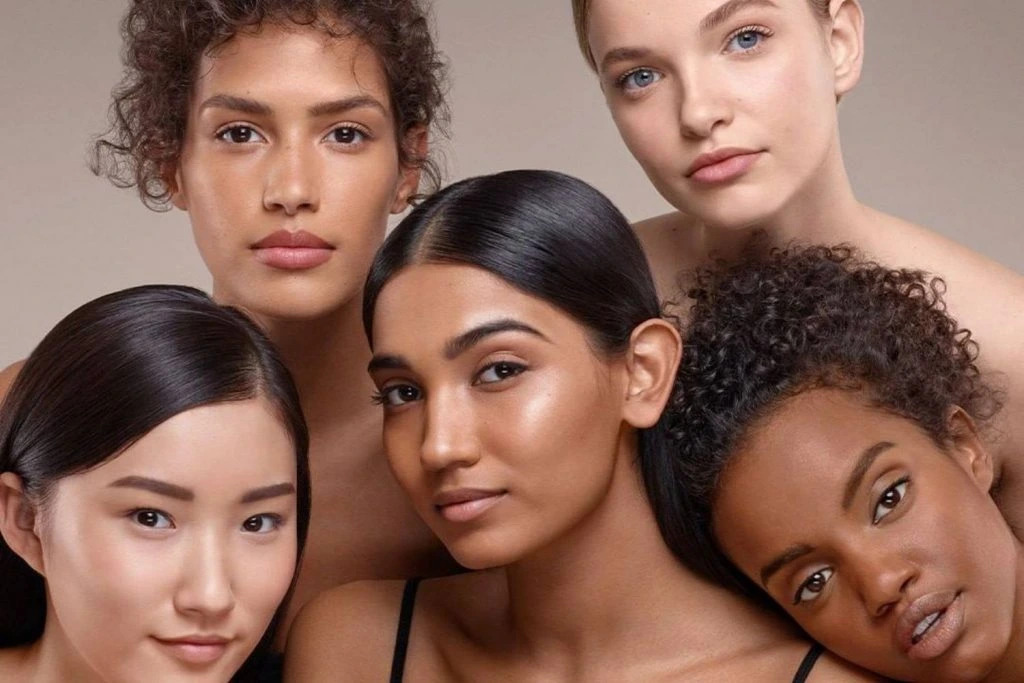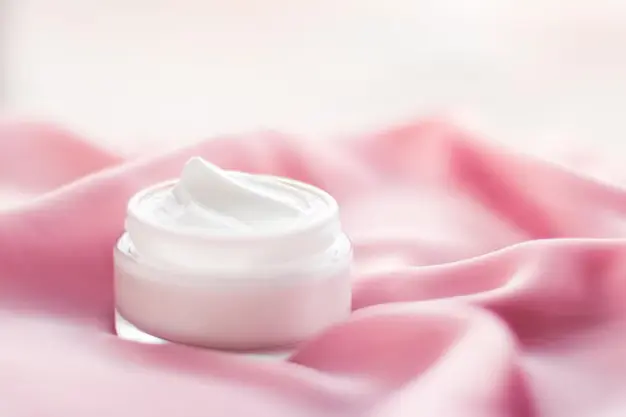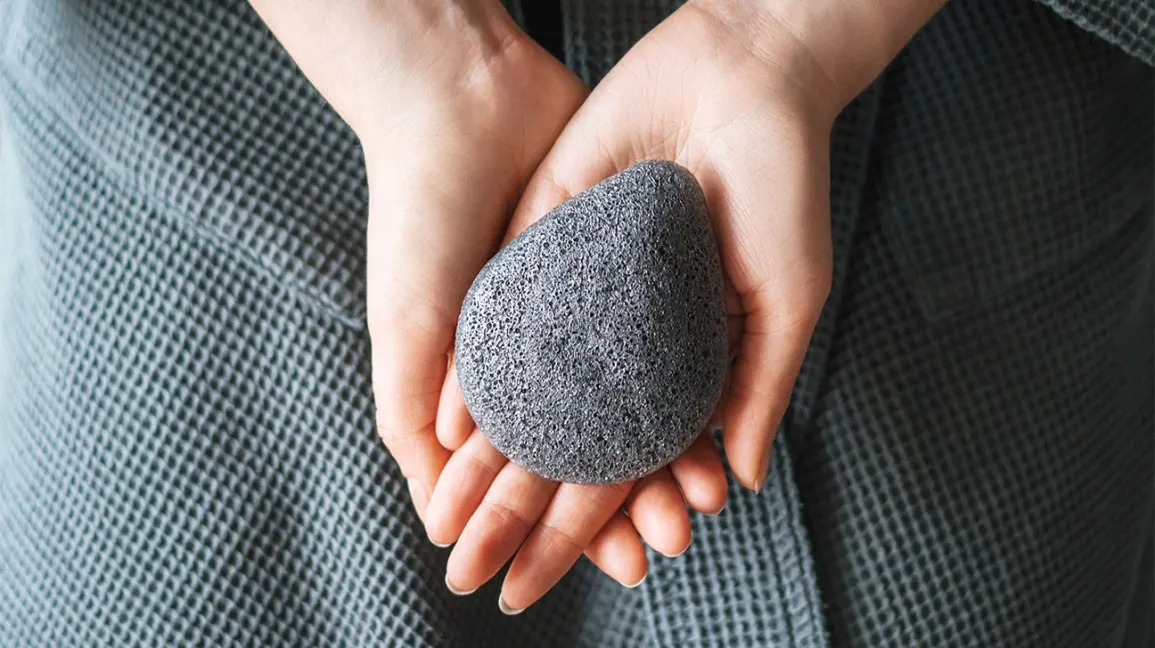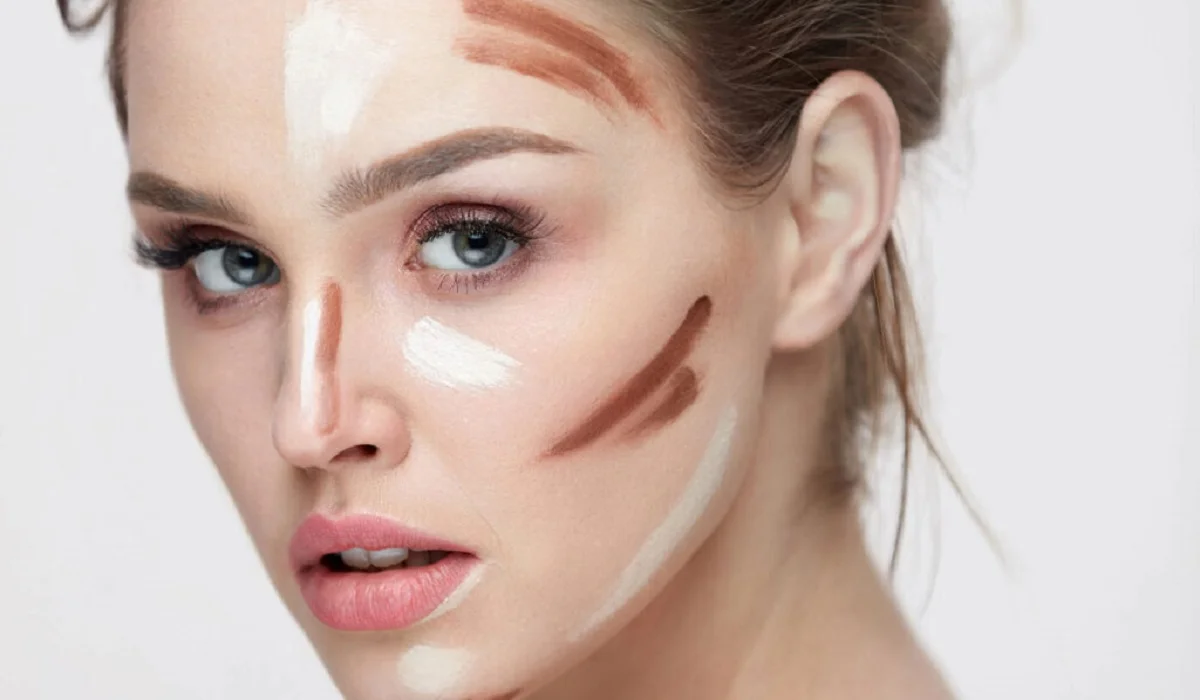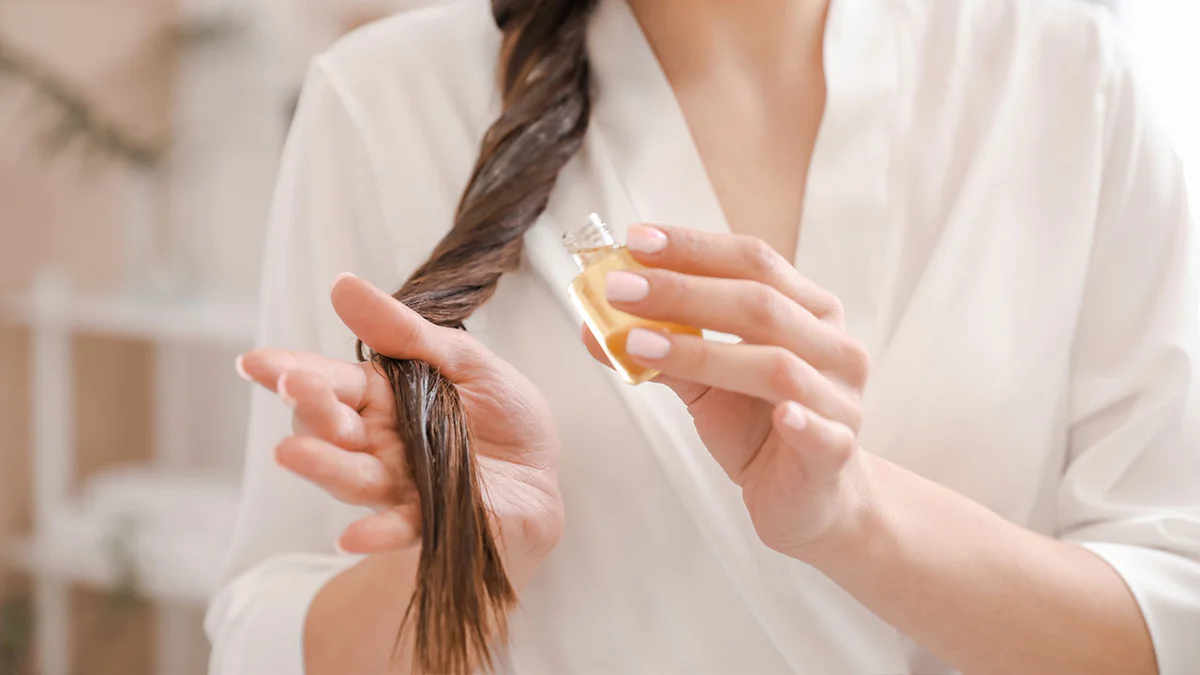
Blush is a fantastic cosmetic tool that can instantly brighten up your complexion and add a healthy, youthful glow to your face. However, selecting the right blush shade for your skin tone is crucial to achieve a harmonious and natural look. With a myriad of options available in the market, it can be overwhelming to find the perfect blush that complements your unique skin tone. In this comprehensive guide, we will explore the various skin tones and provide expert tips and suggestions to help you choose the best blush for your complexion.
Understanding Skin Undertones
Before diving into the specifics of blush selection, it is essential to understand the concept of skin undertones. Skin undertones are the subtle hues beneath the surface of your skin that can range from warm to cool. Warm undertones typically have hints of yellow, peach, or golden tones, while cool undertones lean towards pink, blue, or red. Identifying your undertone is crucial in finding a blush shade that harmonizes with your complexion.
Determining Your Skin Tone
Once you’ve established your undertone, it’s time to identify your overall skin tone. Skin tone refers to the surface color of your skin, which can be categorized as fair, light, medium, tan, or deep. Keep in mind that while undertones play a vital role in blush selection, your skin tone also influences the intensity of the blush shade you choose. For instance, fair skin tones generally require lighter blush colors, while deeper skin tones can carry more vibrant shades.
Blush for Fair Skin Tones
If you have fair skin, opt for blush shades that add a natural flush without overpowering your complexion. Light, soft pinks, peachy tones, and delicate corals are excellent choices. Avoid extremely vibrant or dark shades, as they can appear too harsh or unnatural. For a subtle and romantic look, consider blushes with a hint of shimmer or a satin finish. These will give your fair skin a luminous and youthful appearance.
Blush for Light to Medium Skin Tones
Light to medium skin tones can experiment with a broader range of blush shades. Soft roses, apricots, and warm mauves can create a lovely, natural-looking flush. If you have cool undertones, try shades with a hint of cool pink or berry tones. For warm undertones, choose blushes with warm peach or golden undertones. Matte or satin finishes work well for light to medium skin tones, offering a natural radiance.

Blush for Tan and Deep Skin Tones
When it comes to tan and deep skin tones, bolder and more vibrant blush shades can beautifully complement their rich complexions. Deep berries, plums, and brick reds can create stunning looks on deeper skin tones. For warmer undertones, terracotta shades and burnt oranges can add a gorgeous warmth. Satin or matte finishes are generally recommended for a sophisticated and polished appearance. It’s important to remember that blending is key—ensure a seamless application for a natural, healthy glow.
Application Tips for All Skin Tones
Regardless of your skin tone, there are some universal application tips to keep in mind. First, always start with a light hand and gradually build up the color to avoid applying too much blush. Remember to tap off any excess product from your brush before application. Additionally, blending is crucial to achieve a seamless and natural finish. Use a clean brush or a makeup sponge to blend the blush into your skin, ensuring there are no harsh lines. Finally, consider the overall makeup look you’re aiming for. If you’re going for a bold lip or eye look, opt for a more subtle and understated blush shade to balance the overall appearance. On the other hand, if you prefer a more natural, everyday look, a soft and rosy blush can add a touch of freshness and vitality.
While selecting the perfect blush shade for your skin tone is crucial, there are a few additional factors to consider. These include the texture of the blush, your age, and the occasion or setting in which you’ll be wearing it. Cream or liquid blush formulas can provide a dewy, youthful finish, while powder blushes offer a more matte and long-lasting effect. It’s also important to adapt your blush shade as you age, opting for softer and more natural tones that complement your changing complexion.
Remember that these guidelines are just starting points, and there is no hard and fast rule when it comes to makeup. Everyone’s skin tone is unique, and personal preferences play a significant role in finding the perfect blush shade. Don’t be afraid to experiment and try different shades to see what works best for you. Swatch different blushes on your wrist or jawline to get an idea of how they’ll appear on your skin before making a purchase.
Choosing the best blush for your skin tone involves understanding your undertones, identifying your overall skin tone, and considering personal preferences. By selecting the right blush shade, you can enhance your natural beauty, add a touch of radiance, and achieve a harmonious and flattering look for any occasion.
In summary, finding the perfect blush for your skin tone is a matter of understanding your undertones, identifying your overall skin tone, and considering personal preferences. With this knowledge, you can confidently select blush shades that enhance your natural beauty and bring out the best in your complexion. Remember to experiment, have fun, and embrace your unique features as you explore the vast array of blush options available to you.

